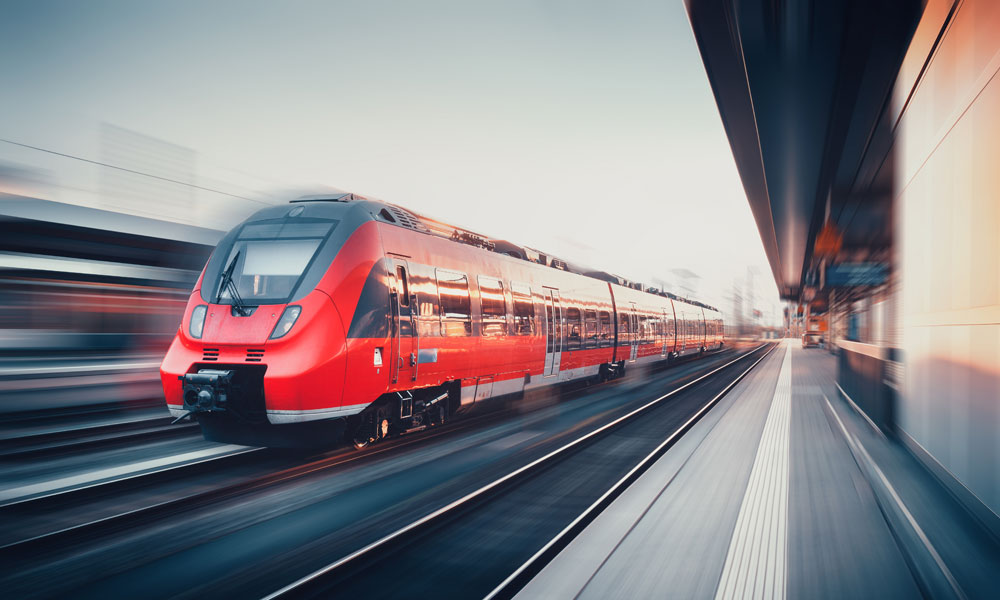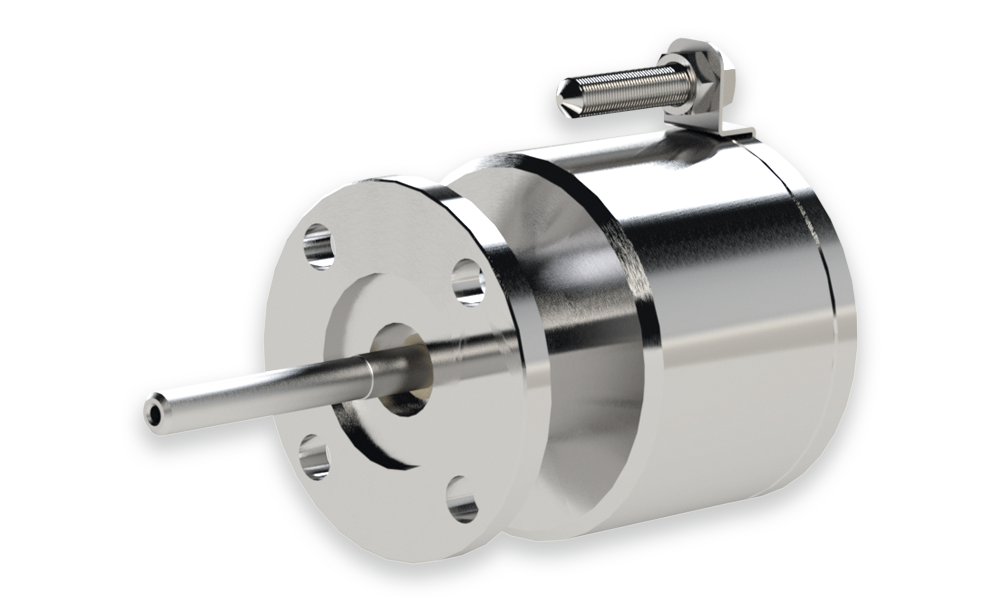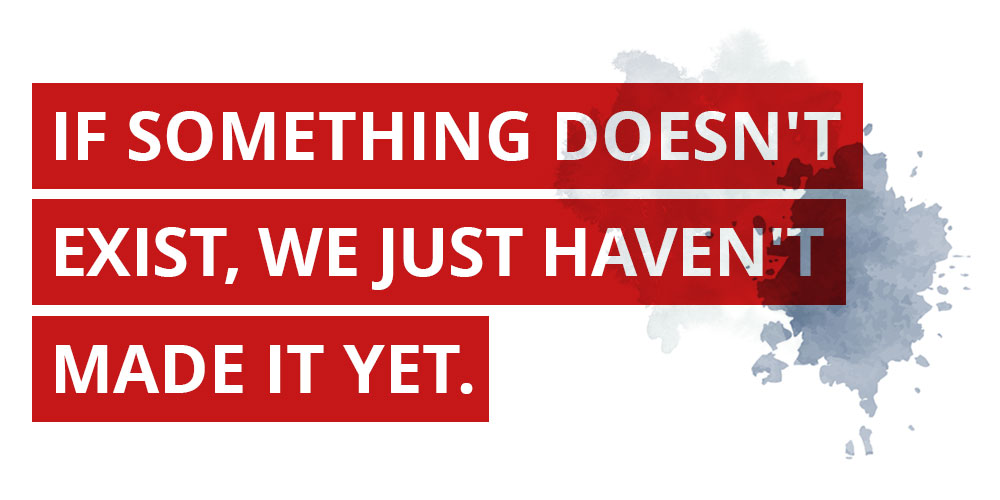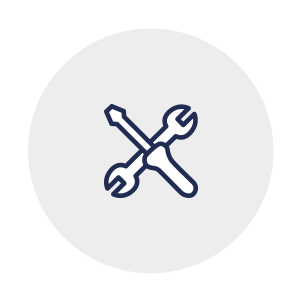Local Storage seems to be disabled in your browser.
For the best experience on our site, be sure to turn on Local Storage in your browser.
Rail Vehicle Construction


COMPRESSED AIR TECHNOLOGY IN RAIL VEHICLE CONSTRUCTION
Rail vehicle construction is a specialized branch of vehicle manufacturing that focuses on the design, production, and maintenance of vehicles for rail transportation. These vehicles operate on rails and are designed for the transportation of passengers and goods on railway tracks or tram systems. Rail vehicle construction encompasses a wide range of rail vehicle types.
COMPRESSED AIR TECHNOLOGY IN RAIL VEHICLE CONSTRUCTION?
Rail vehicle construction utilizes various products of compressed air technology. Compressed air serves as a critical energy source for various functions and systems in rail vehicles. Below, we list some examples of compressed air technology products used in rail vehicle construction:
- Air brakes
- Pneumatic doors
- Air compressors
- Pneumatic suspension systems
- Compressed air conditioning systems
- Pneumatic bogies
- Pneumatic door safety systems


PNEUMATIC DRIVE FOR FLOOR VALVE


Tank wagons transport various chemical liquids or liquefied gases. To fill or empty them, high-quality and securely closing bottom valves are used. To enable controlled dispensing or filling of the medium inside the tank, the bottom valves must reliably open. The pneumatic drive is responsible for this reliable opening and closing of the bottom valve.
- Safe and reliable shut-off of the loading and unloading process
- Two versions: robust stainless steel variant and lightweight aluminum variant
The drive is actuated via the pneumatic system of the tank wagon. In this process, the cylinder is pressurized with compressed air, causing the piston inside to move. The piston rod, directly attached to the piston, presses on the valve seat of the bottom valve and opens it.
For more detailed information, please refer to our Success Story.
COMPRESSED AIR TECHNOLOGY IN RAIL VEHICLE CONSTRUCTION
Various products of compressed air technology are used in rail vehicle construction. Compressed air serves as a crucial energy source for various functions and systems in rail vehicles. Below, we list some examples of compressed air technology products used in rail vehicle construction:
1. AIR BRAKES:
One of the most important applications of compressed air in rail vehicles is air brakes. These systems operate the brakes of trains using compressed air. Air brakes provide a reliable and efficient way to safely stop and slow down trains.
2. PNEUMATIC DOORS:
In many rail vehicles, especially in passenger trains and subways, pneumatic doors are used. These doors open and close using compressed air to facilitate passenger boarding and alighting.
3. AIR COMPRESSORS:
Rail vehicles are often equipped with their own air compressors to generate the necessary compressed air for various purposes. This can include operating pneumatic tools, inflating tires, or activating compressed air systems for special applications.
4. PNEUMATIC SUSPENSION SYSTEMS:
Some rail vehicles utilize pneumatic suspension systems to improve ride comfort and stability. These systems allow for adjustment of vehicle height and provide smooth suspension.
5. COMPRESSED AIR CONDITIONING SYSTEMS:
Modern rail vehicles often utilize compressed air conditioning systems to cool or heat the interior of the train. These systems use compressed air to regulate temperature and air quality in passenger compartments.
6. PNEUMATIC BOGIES:
Bogies are the supportive structures beneath the carriages of a train. Some rail vehicles employ pneumatic bogies to achieve better suspension and stability.
7. PNEUMATIC DOOR SAFETY SYSTEMS:
Pneumatic systems are also used for safety systems in the doors of rail vehicles. They ensure that the doors are properly closed before the train departs.
Compressed air technology plays a crucial role in rail vehicle construction, serving as a reliable and efficient energy source for many functions and systems on trains and railways. Products of compressed air technology contribute to safety, efficiency, and comfort in rail transportation.




Are you interested in a solution for your company?


GET IN TOUCH
Technical services
engineering(at)riegler.de
Phone: 07125 9497-642
